Today, the biggest news comes from Estonia.
Here, Russia has just accused Estonia of posing a nuclear threat to the Federation, after Estonia stated their willingness to host NATO stealth aircraft on their territory. With Trump finally admitting Russia has ambitions far beyond the war in Ukraine, Estonia’s defense ministry is bracing for what comes next, as military confrontation with Russia seems inevitable.

At the recent NATO meeting in The Hague, after speaking with Zelensky, President Donald Trump openly admitted that Vladimir Putin’s territorial ambitions stretch far beyond Ukraine. These plans expose Moscow’s intent to destabilize its neighbors, but the Baltic states, Estonia, Latvia, and Lithuania, emerge as a primary target due to their proximity to Russia and vulnerable geographical setting, possibly allowing for smaller-scale, piece-by-piece attacks.

Estonia’s 183 mile border with Russia, particularly near the city of Narva, lies within easy reach of Russian artillery.

NATO’s Article 5, which binds members to defend one another in the event of an attack, faces a critical test as Russia’s threats escalate. However, Russia plans to avoid triggering such an event at all costs, aiming to spark escalation while framing its aggression as a response to Western encroachment on its border.

Now, Estonia’s defense minister, Hanno Pevkur, confirmed Estonia’s readiness to house NATO’s F-35 multirole stealth fighters during the upcoming rotation of the Baltic Air Policing mission; meant to defend and patrol NATO airspace and project deterrence to Russian aggression. With Russia having already shown to be willing to use its own fighter jets to escort its shadow fleet and enter confrontation with NATO’s efforts to police the Baltic, Estonia seeks to increase its role in its own national security.


Regardless, Kremlin spokesman Dmitry Peskov labelled this an ‘’immediate threat,’’ framing the F-35 as a nuclear capable aircraft and accusing Estonia of reckless escalation. This narrative is being amplified by Russian media, which paints NATO as the aggressor, despite having its own nuclear forces already stationed within rapid striking distance of NATO’s border, 15 to 20 minutes.


Notably, no nuclear warheads are stored in Estonia, unlike NATO sites in Germany or Turkey, and the F-35 prioritizes air superiority and multirole support operations, not nuclear strikes.

This makes it clear that Moscow’s reaction to Estonia’s willingness to host multirole fighters is merely a calculated move to further heighten tensions and rally domestic support for its own confrontational stance; essentially justifying a preemptive attack on Estonia, or provoking NATO into a situation where Article 5 does not apply.


Russia’s recent threats specifically target Estonia, but the broader eastern flank feels the pressure. Kremlin spokesman Dmitry Peskov claimed relations with the Baltic are ‘’virtually nonexistent,’’ a statement that underscores Moscow’s aggressive posture. That is why Estonia, Latvia, and Lithuania, alongside Poland and Finland, are fortifying their collective 3,450 kilometer border with Russia and Belarus. This new Iron Curtain, supplemented by anti-personnel mines after these nations left the Ottawa treaty banning them, aims to deter Russia by making any confrontation on the ground lengthy enough for NATO’s larger militaries to arrive and help.

Estonia itself has invested 5,2 million in the Baltic Defense Line, constructing 32 bunkers, anti-tank barriers, and 12 ammunition depots near Narva alone, which is situated right next to the Russian border. The overall dense forests and Lake Peipus provide additional natural defenses for the rest of the Russian-Estonian border. Estonia’s Storm 25 exercises, conducted in June 2025 with 6,000 soldiers from Estonia and over 10,000 from other NATO allies, simulated repelling a Russian advance in urban and forested environments, highlighting the extent of Estonia's preparations for a Russian attack. While Lithuania’s plan to allocate 5.5 percent of its GDP to defense outpaces even the new NATO norm, only further reflects the urgency.

Overall, Russia's threats to Estonia reveal a strategy to intimidate NATO’s eastern flank, provoking an escalation while laying the groundwork for a preemptive attack. Estonia’s defensive measures, hosting F-35’s, building bunkers, and joining Baltic neighbors in mining their borders, are pragmatic responses to a credible threat. Yet, Moscow’s ability to frame these as escalatory risks, instead of defensive measures in response to increasing Russian levels of provocation, creates an uneasiness on NATO’s eastern flank.

The Baltic’s fortified frontiers signal determination, and the stakes are clear: Estonia’s defense is on the line, and Moscow is watching.










.jpg)
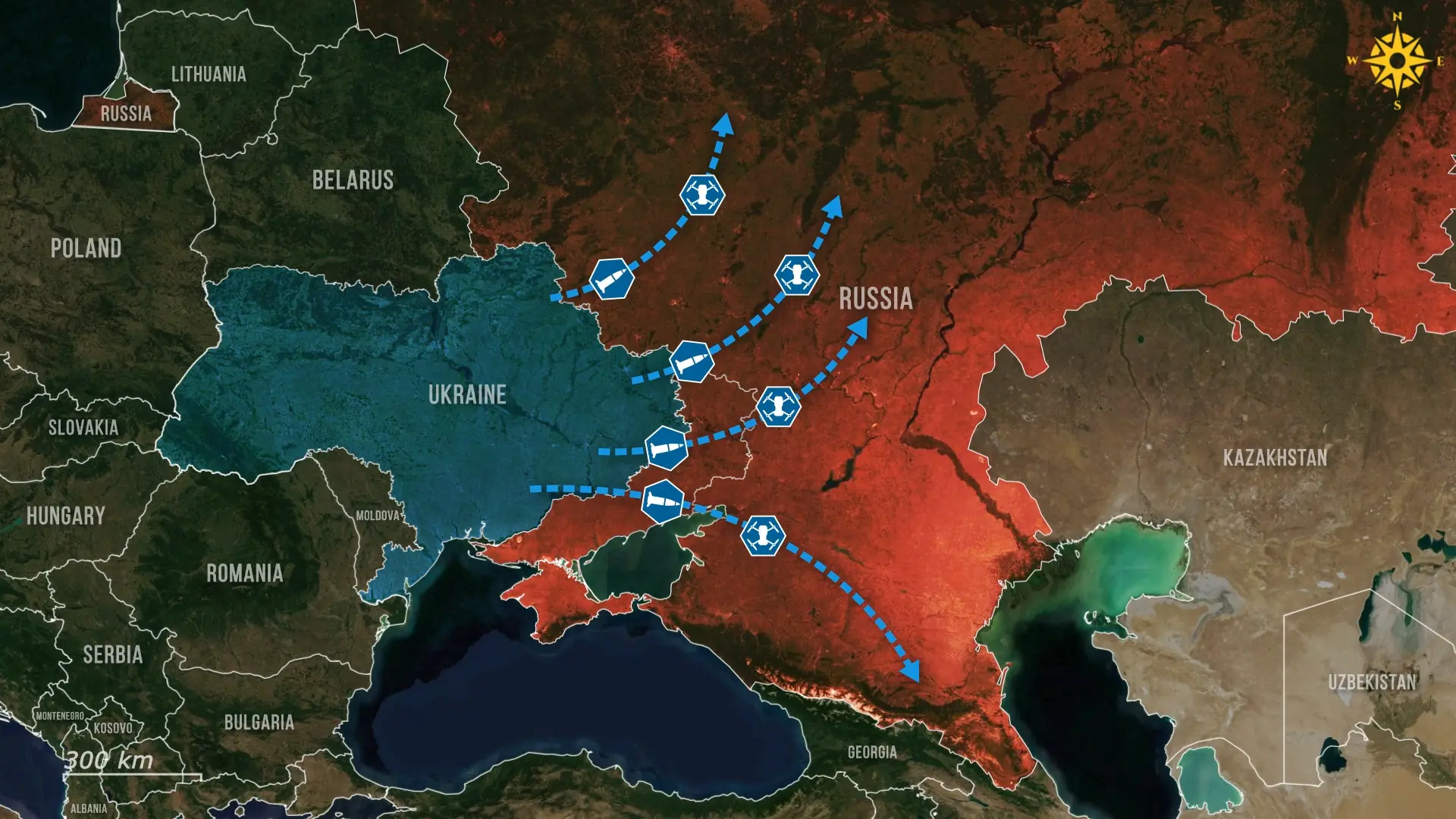
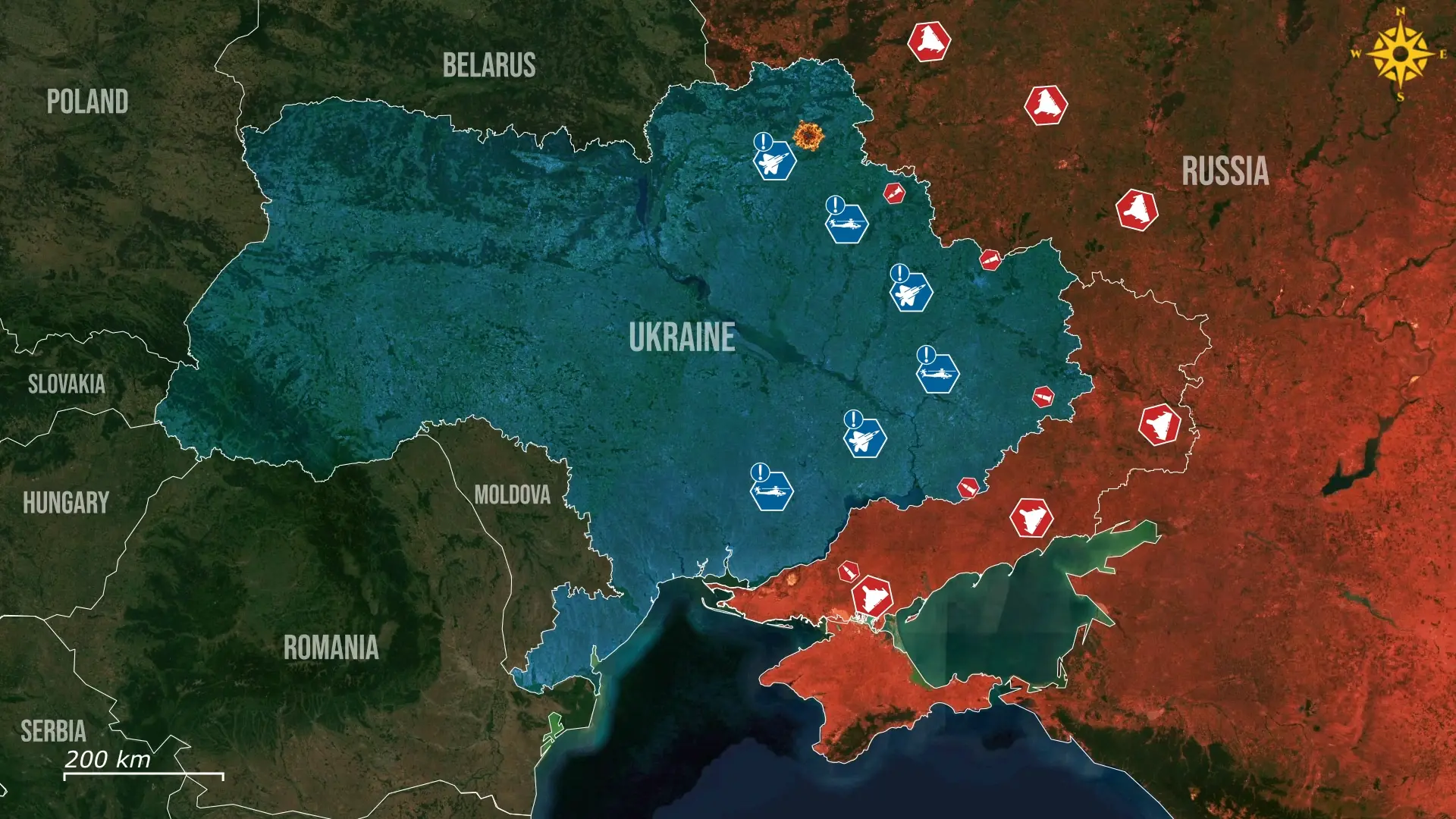
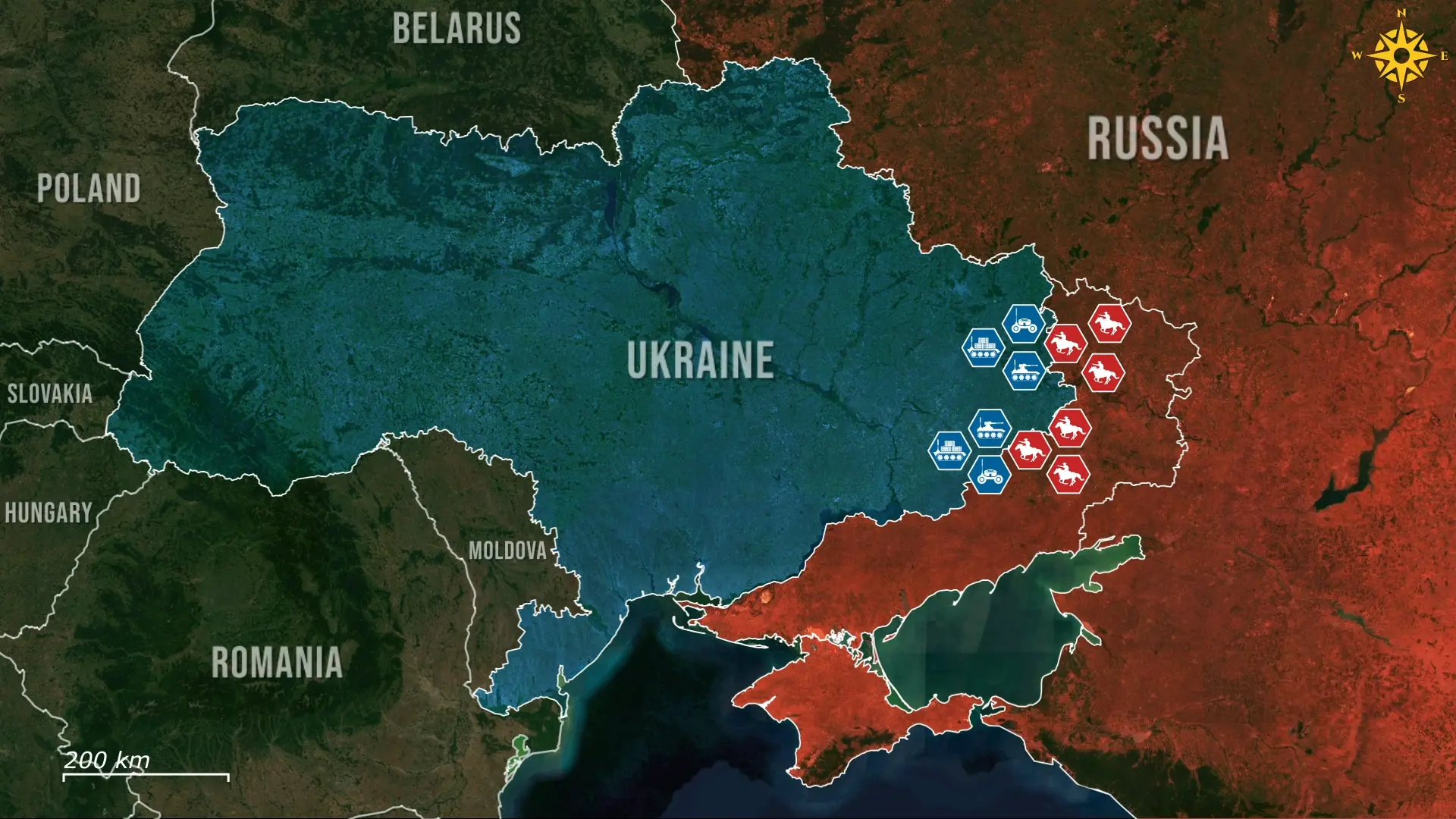
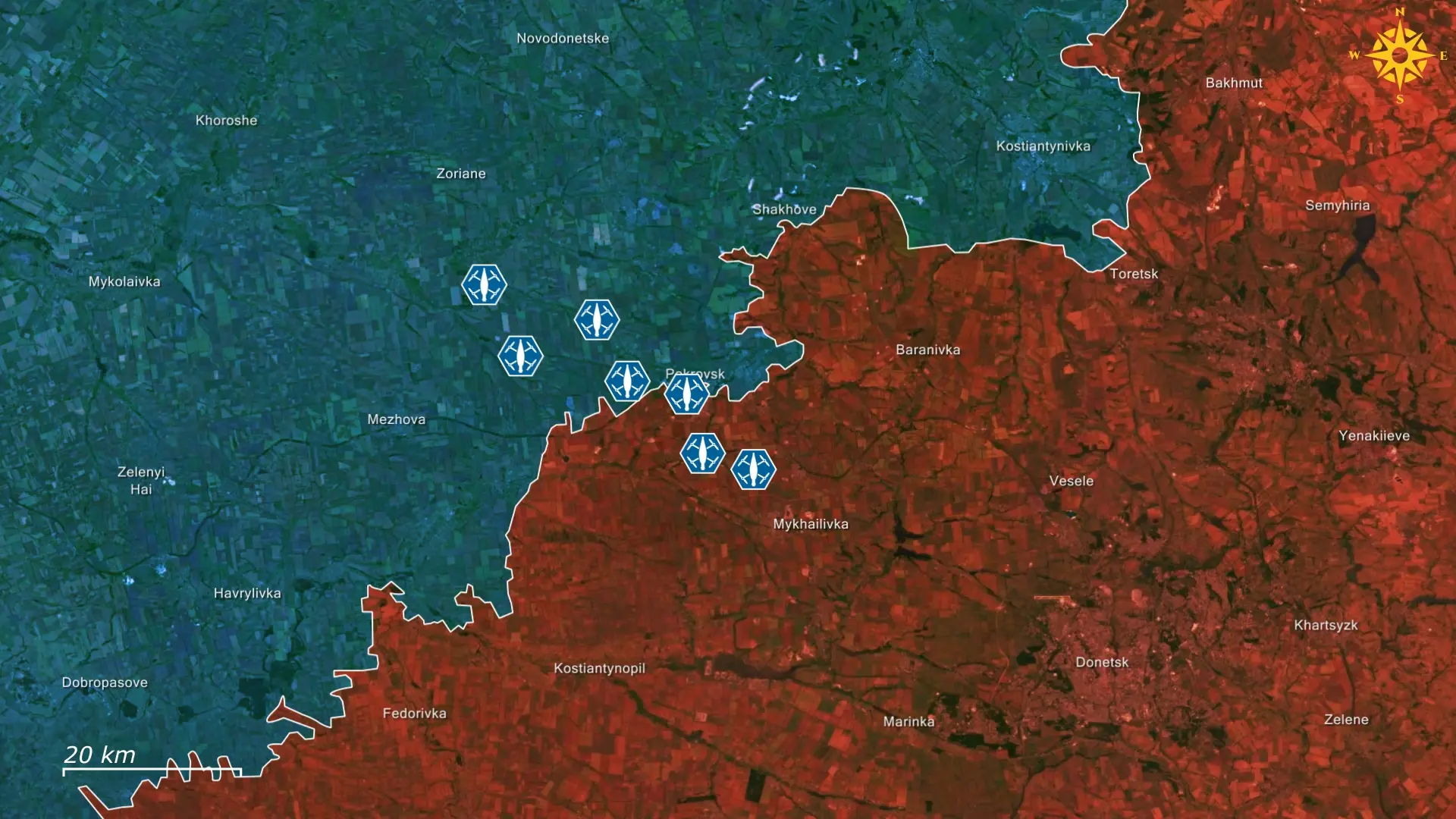
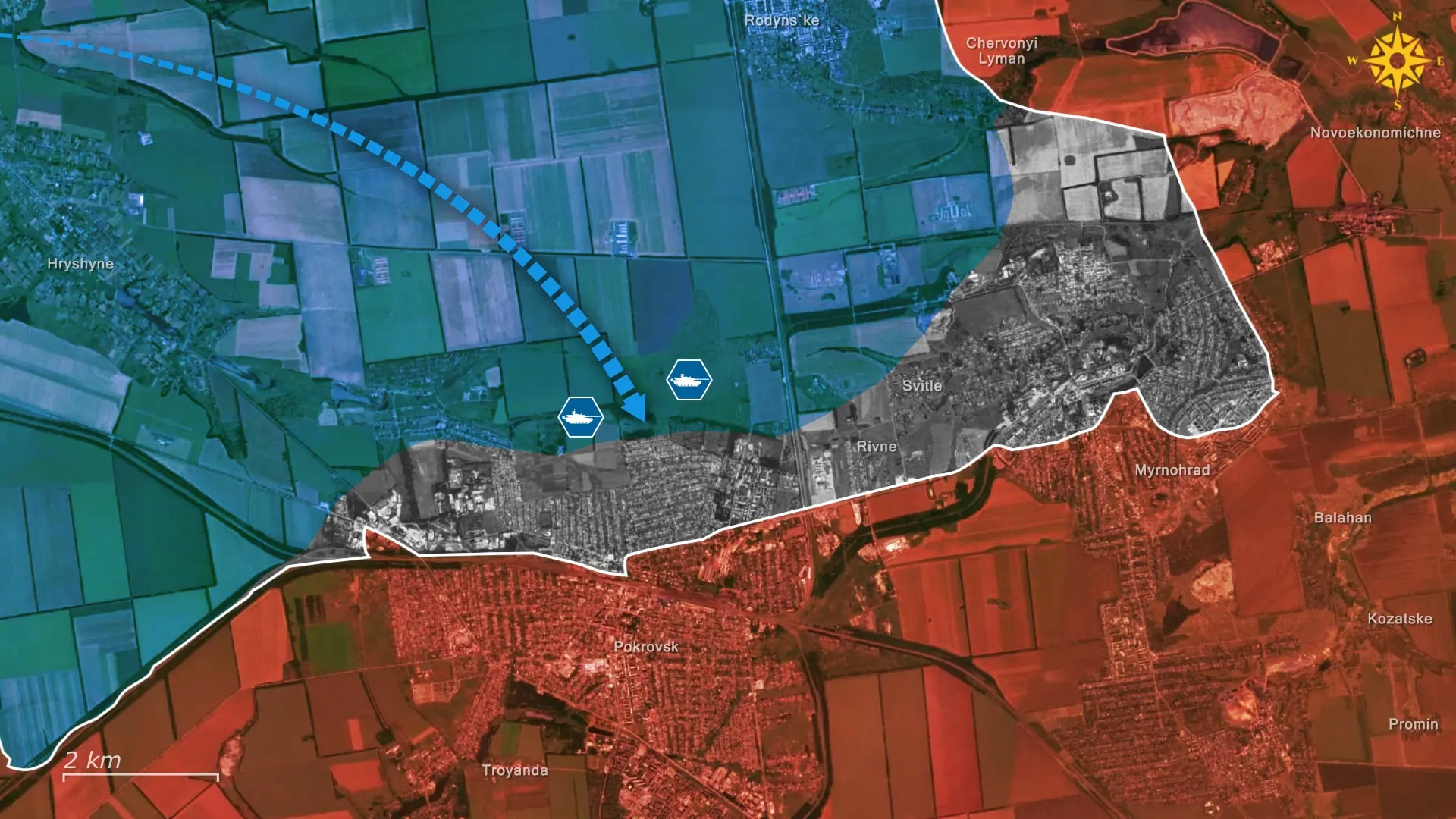
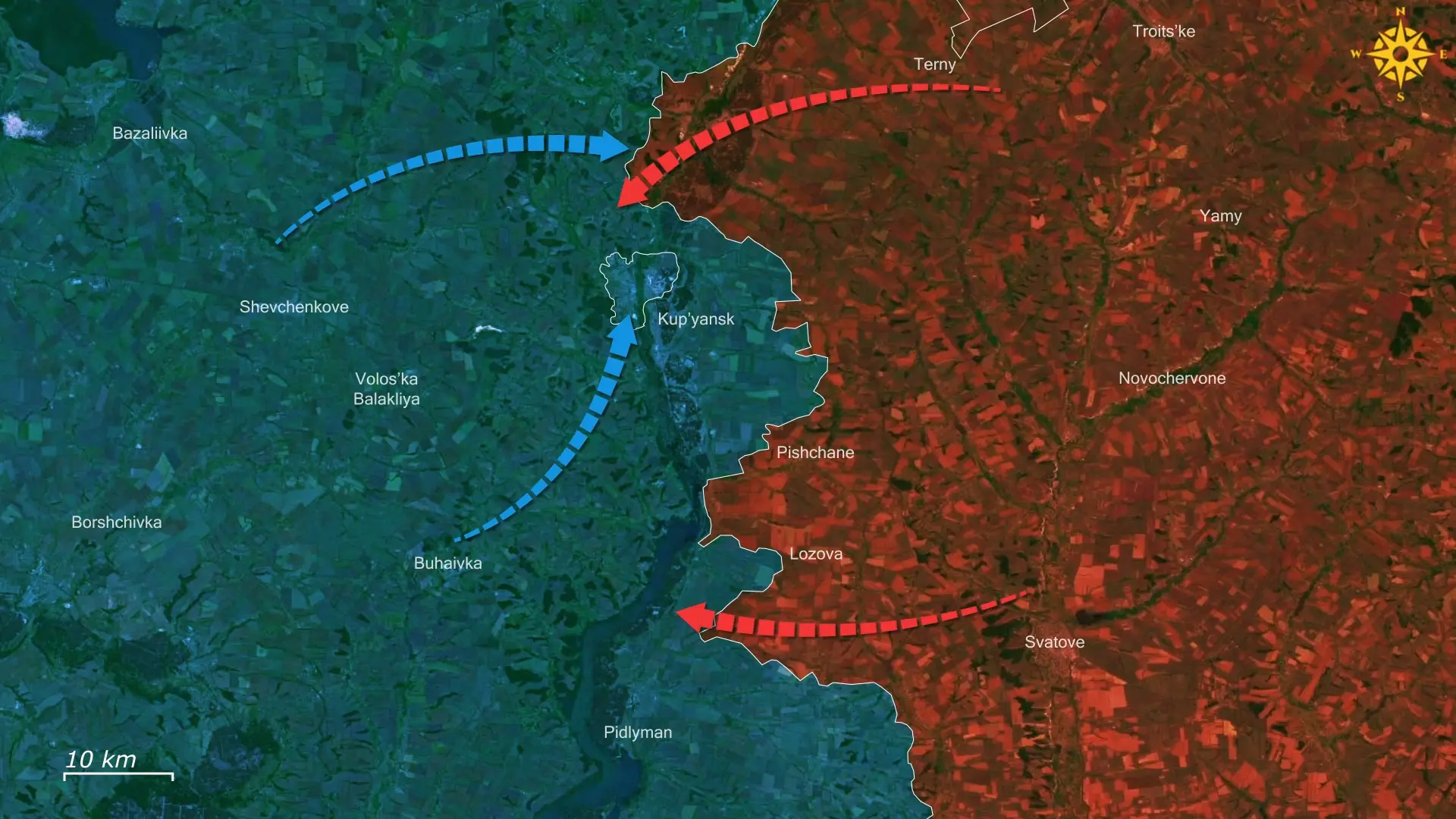
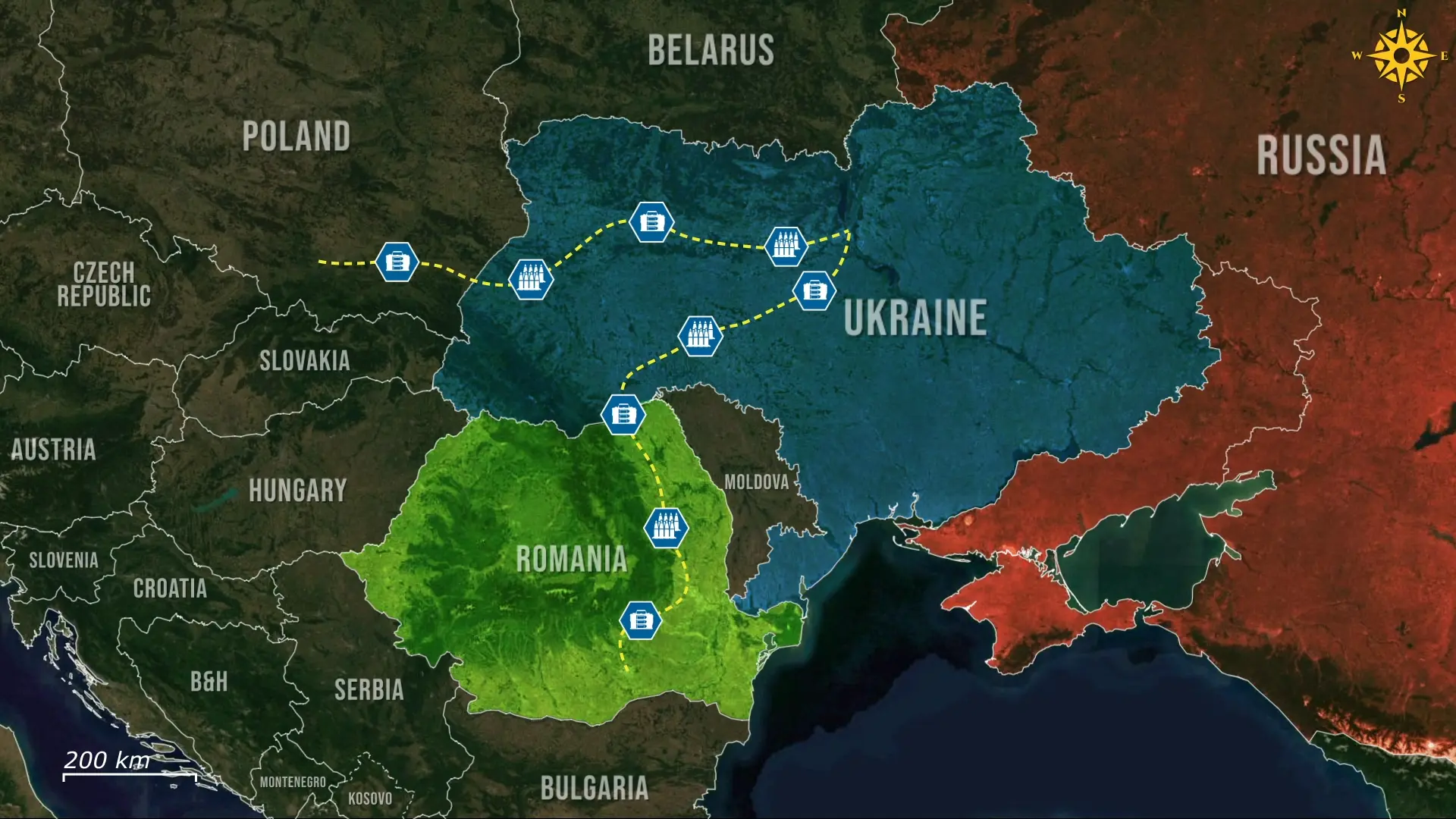
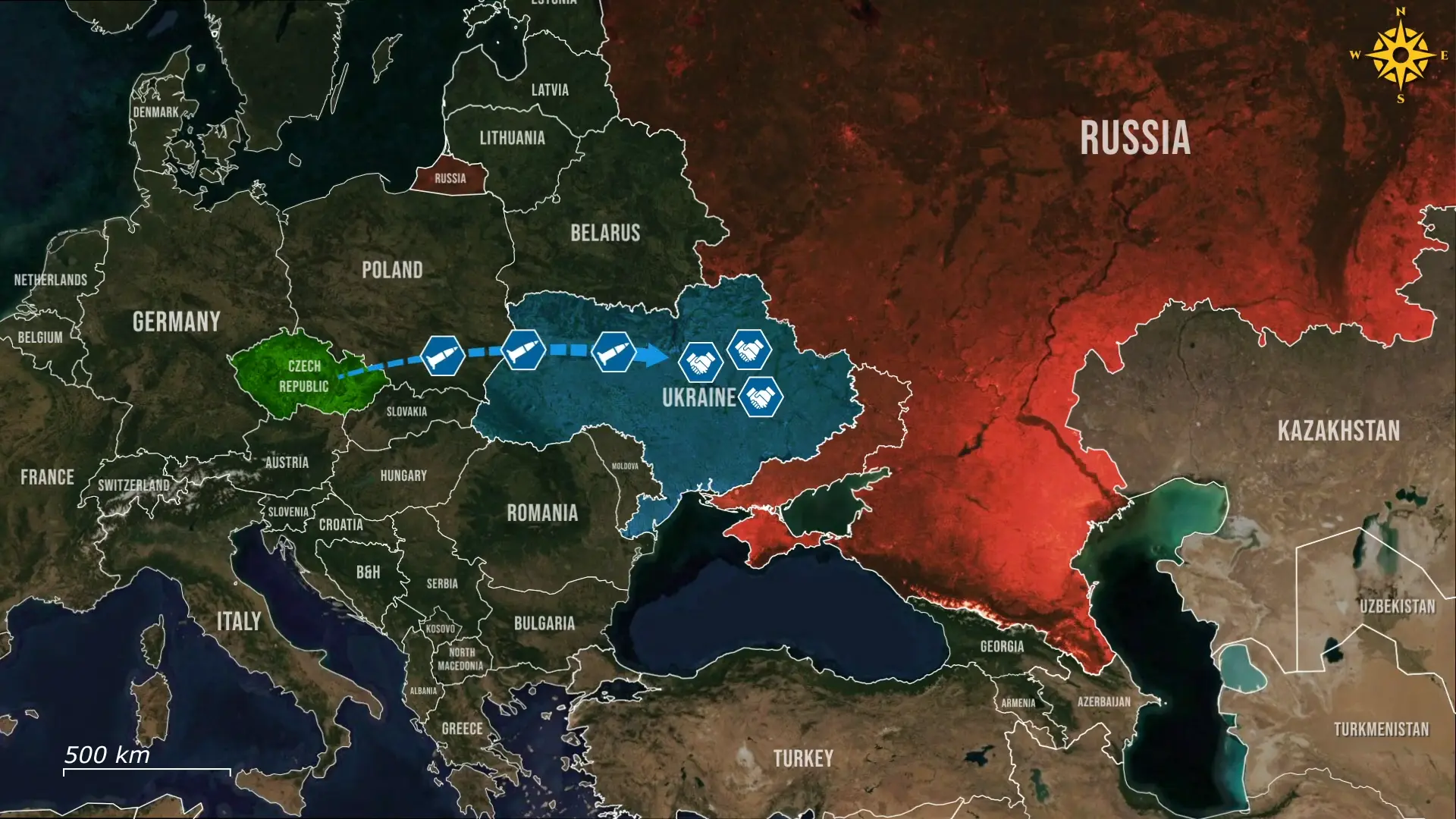
Comments